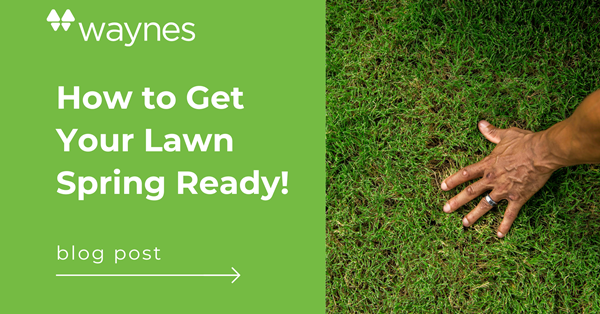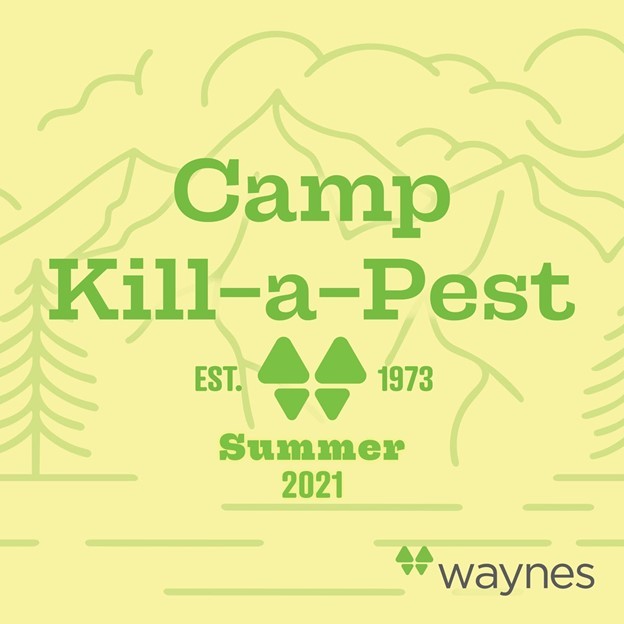Not enough sunlight? Tree roots taking over? Too much debris falling from the limbs above? The experts at Waynes have dealt with the rather complicated relationship between trees and grass, and offer a few tips below to help you create a little harmony in your landscape.
Trees and Grass. Like Dogs and Cats.
Trees and grass don’t always get along, but there are a few things you can do to help them coexist.
How to Reduce the Negative Impact of Trees:
- Be sure to remove fallen tree debris – leaves, branches, nuts, etc. – as soon as you can, so as to prevent it from interfering with the growth of grass.
- Beware of certain varieties of trees, such as the black walnut, that actually produce chemicals that prevent the growth of other plants near its trunk.
- Add a layer of soil on top of roots and plant grass there. However, don’t add more than about 2 inches, as any more and you could damage the trees.
Not Enough Sunlight, No Problem
Too much shade can be a bad thing. While it keeps you cool, shade makes it more difficult for many varieties of grass to grow, in part because it interferes with a plant’s ability to photosynthesize and thereby transform sunlight into chemical energy. Trees, even buildings, that cause shade can also block sections of your lawn from receiving moisture, especially from irrigation heads, and prevent areas from drying out if they do get wet.
How to Reduce the Negative Impacts of Shade:
- Trim trees (shrubs, too) so they won’t block sunlight or water from irrigation. Thinning out limbs also allows for movement of air, which aids grass as well as the trees themselves. (Trimming shrubs helps force growth into a thicker, fuller shape.)
- Plant those varieties of grass that are more tolerant of shade. Warm-season grasses that are shade-tolerant include zoysia and St. Augustine. For cool-season varieties, ryegrass and fescue offer the most shade tolerance.
- Mow your grass at a higher setting. This allows for a longer blade, which is better at capturing sunlight, water, and air.
- Aerate your lawn by puncturing small holes into the soil, allowing for root exposure. That, in turn, allows the roots to be more receptive to fertilizer and the air they need to survive, even thrive.
- Use fertilizer to increase growth and offset the negative impacts of shade. Don’t, however, overdo the fertilizer; follow labels.
- Water appropriately. Oftentimes, we tend to set-and-forget our irrigation systems. Shadier areas need less water than those sunny spots of the yard.
Count on Waynes!
You’ve tried just about everything and still can’t get your grass to grow? We’ve got good news! The lawn care professionals at Waynes can nurse your sick lawn back to health. Sometimes it just takes our magic touch. Send us an email or give us a call at 866.WAYNES.1 to bring your lawn back to life.









